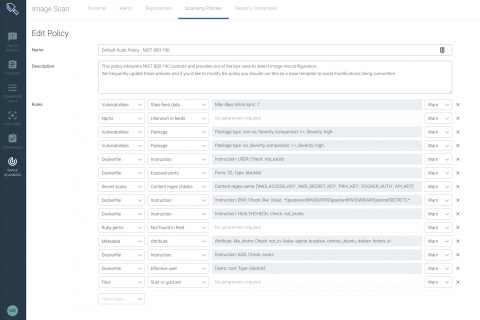Mapping TrickBot and RevengeRAT with MITRE ATT&CK and AlienVault USM Anywhere
MITRE ATT&CK™ (Adversarial Tactics, Techniques and Common Knowledge) is a framework for understanding attackers’ behaviors and actions. We are pleased to announce that AlienVault USM Anywhere and Open Threat Exchange (OTX) now include MITRE ATT&CK™ information. By mapping alarms to their corresponding ATT&CK techniques, we are assisting in prioritizing analysis work by understanding the context and scope of an attack.









